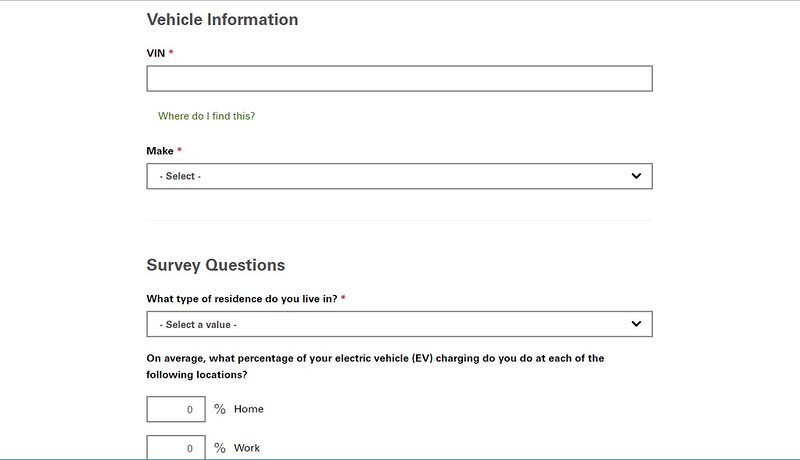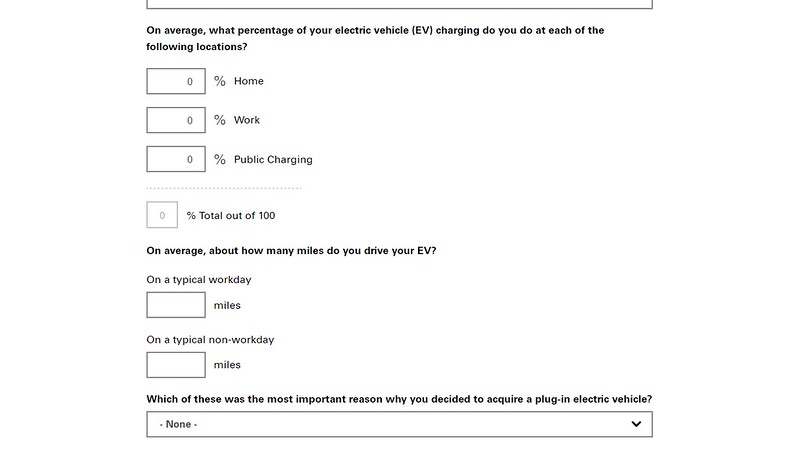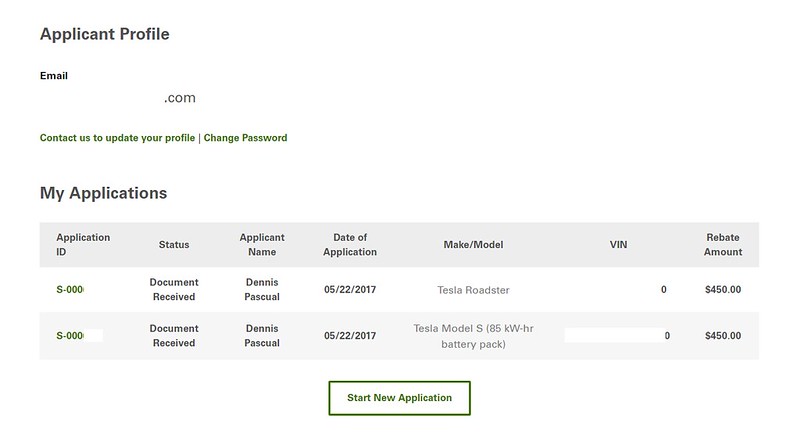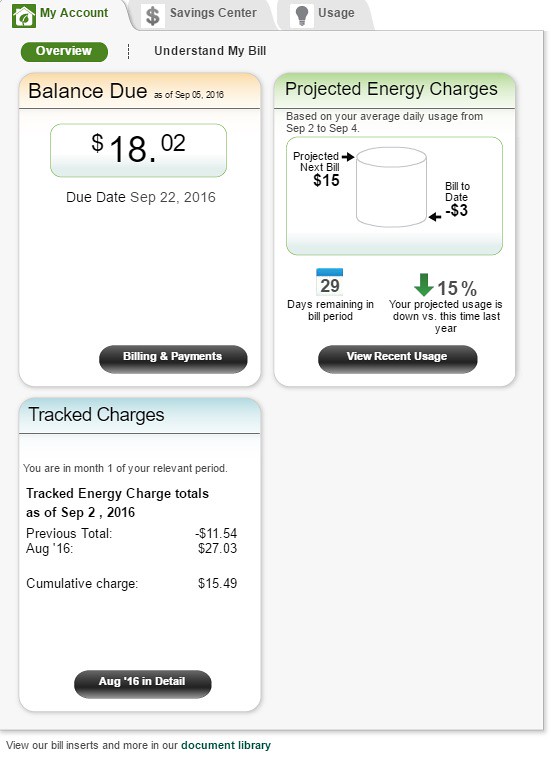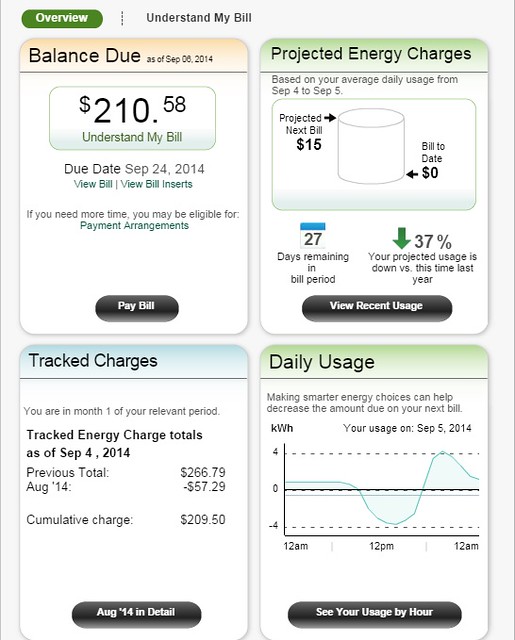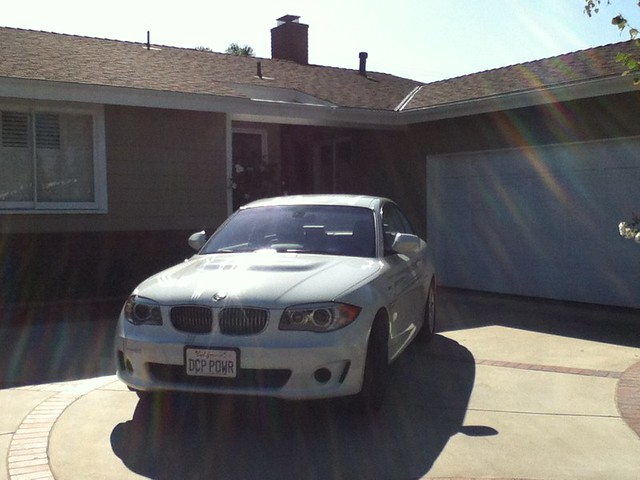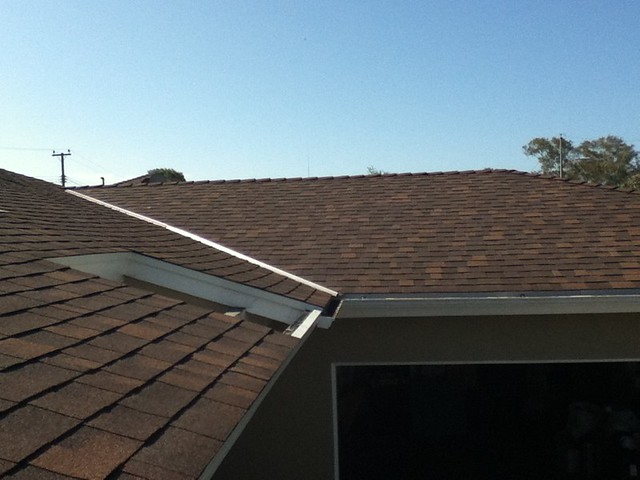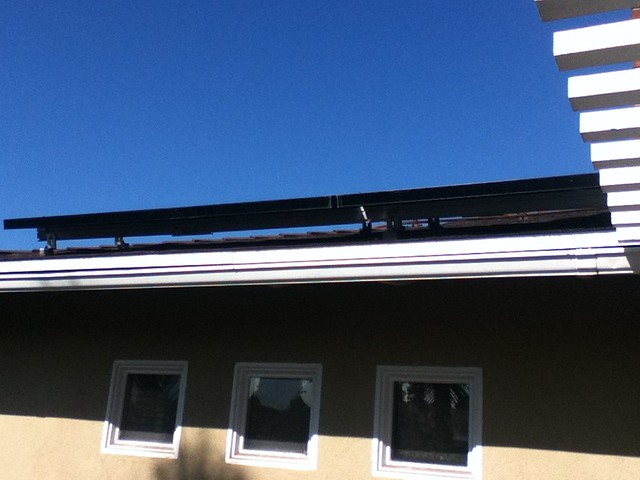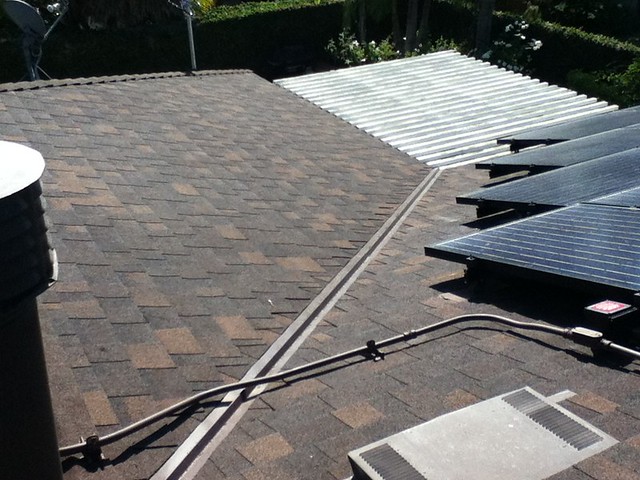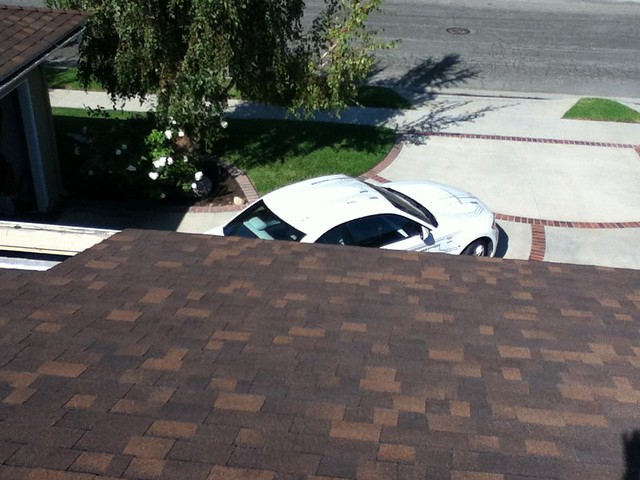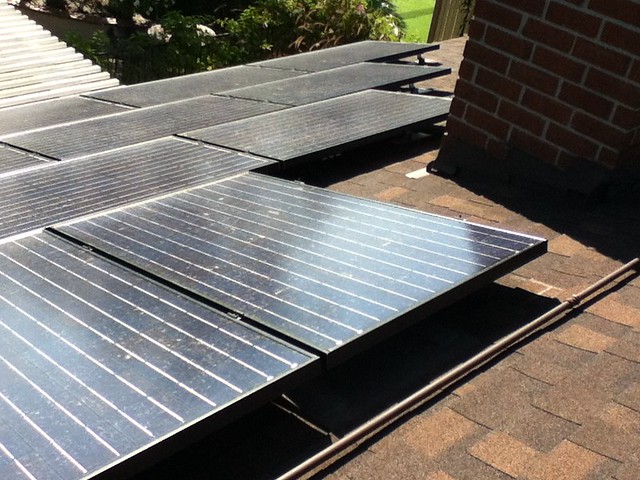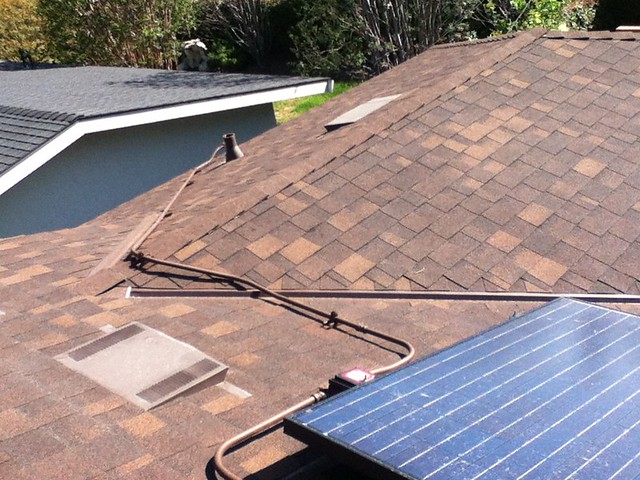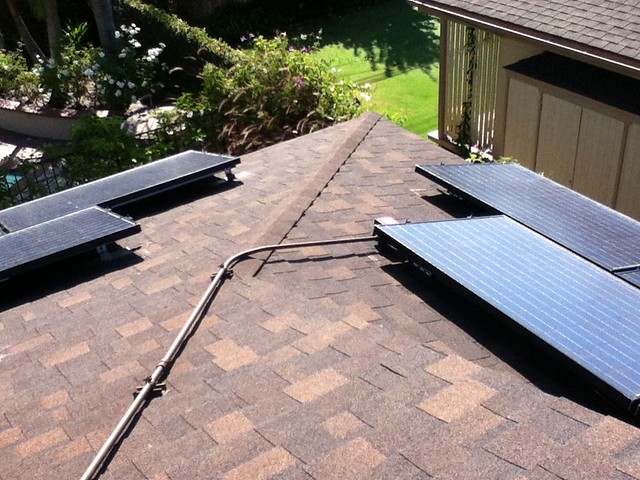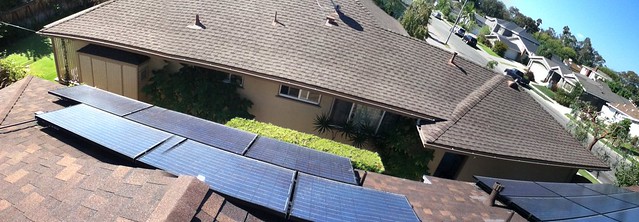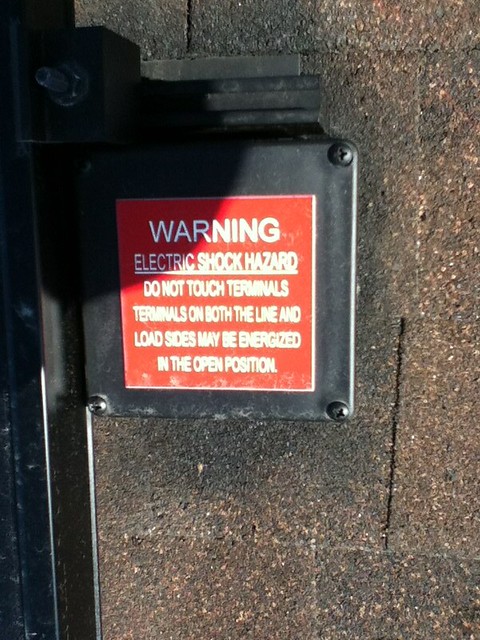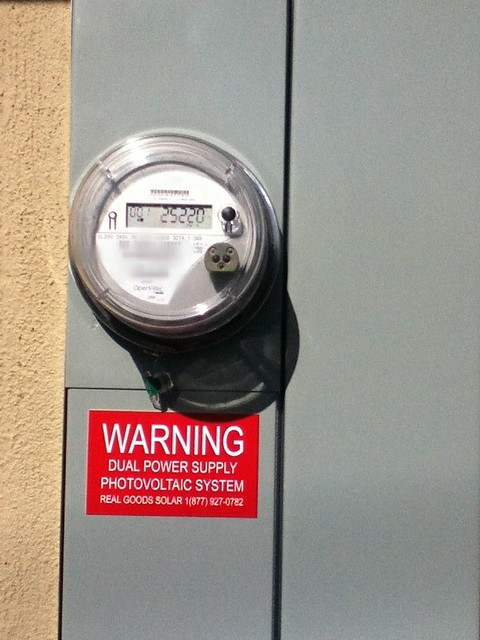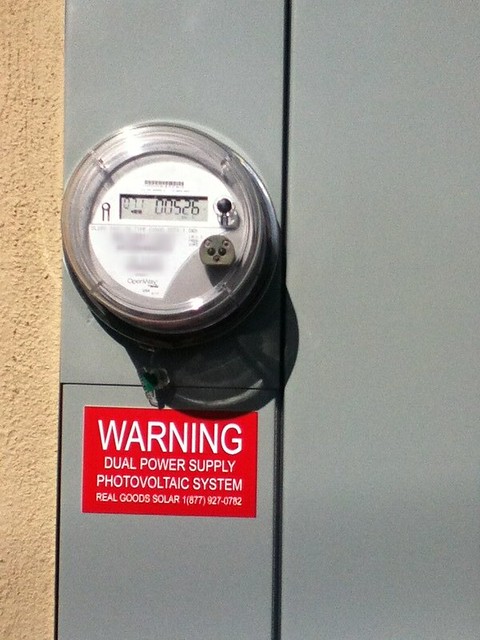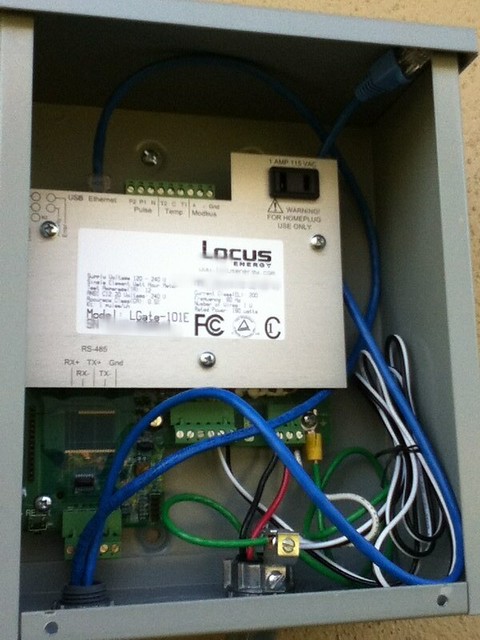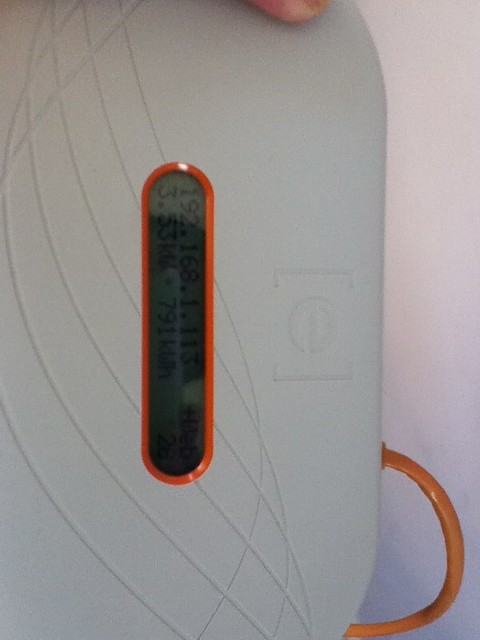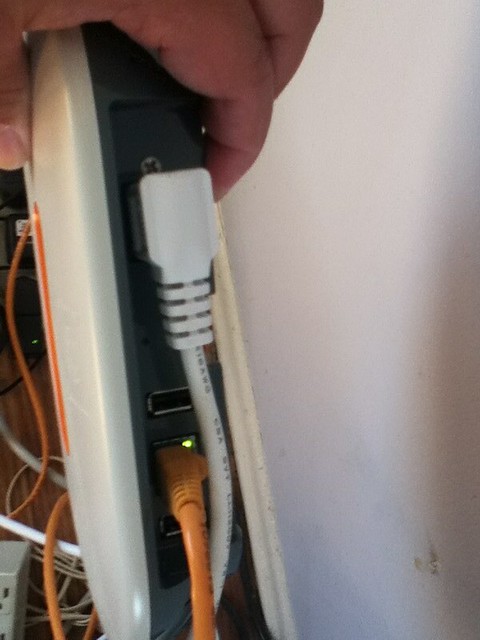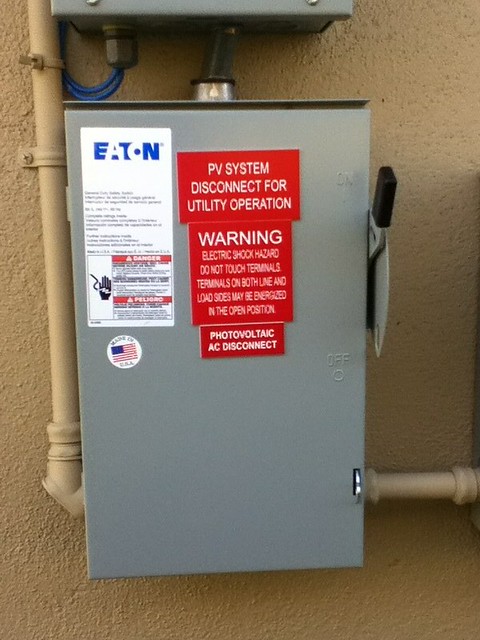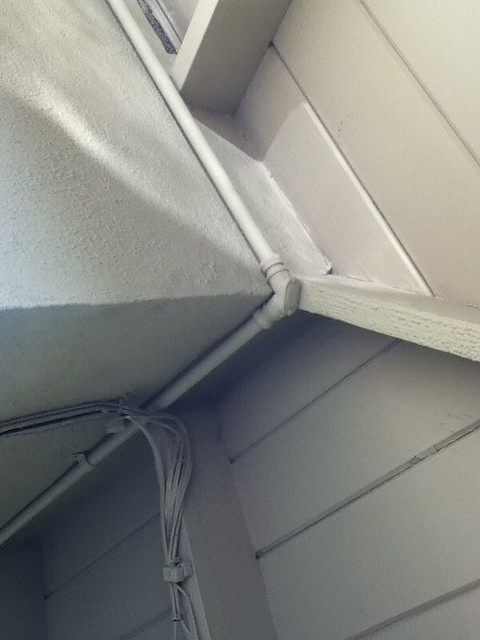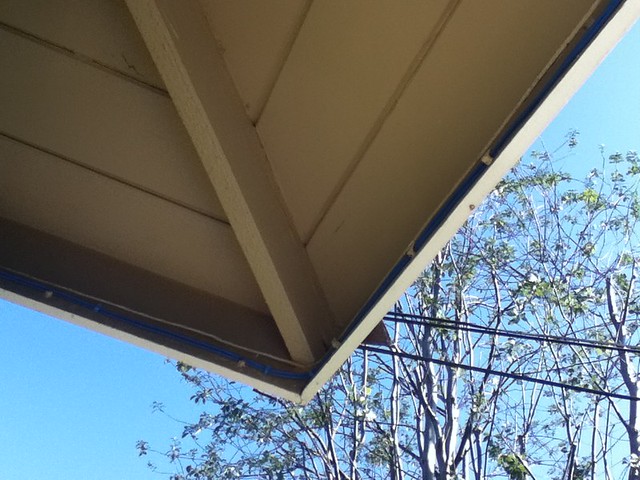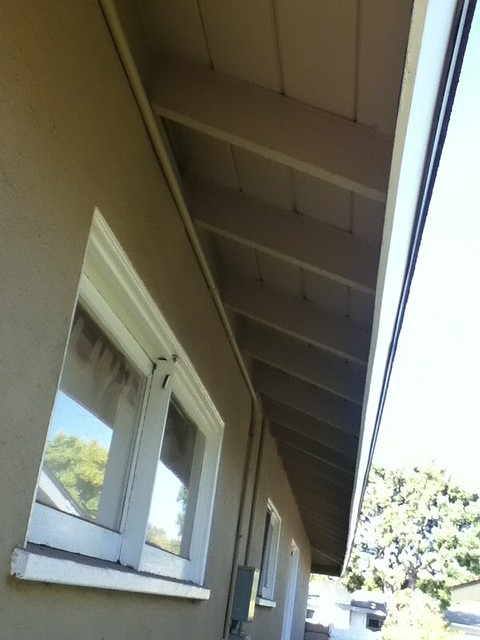Saving money while saving the environment is an addictive process. It’s crack for good Karma! I feel like Michael Corleone in the Godfather III, I try to get away from it, but they keep dragging me back in!
As I had indicated on my Ping! post, I got “unofficial” Permission to Operate (PTO) on August 17, 2012 and finally received official PTO ten days later on August 27, 2012.
So, we’re now running our car on Solar Power… or are we? Unless your house is completely disconnected from the electric grid, what you are really doing is netting out generated power from the solar panels on the roof with consumed power from the electric grid. So, if you’re overproducing power from your solar panels than what you’re consuming, you get money back, otherwise you’re really just netting out what you’ve made with what you’ve used. As I have published previously, the rate to charge depends a lot on what tariff you’ve chosen.
In my first napkin math post, I charged on the SCE Domestic rate which effectively got me charged at $0.31 per kWh as my usage of electricity had already pushed me to Tier 5 for most of the billing periods. In order to normalize and compare ICE vs Electric, I calculated that the cost under the first plan was 1.714¢ per mile
By my third napkin math post, I attempt to alleviate that $0.31 per kWh charge by opting for the whole house SCE Electric TOU Tiered rate structure, this pretty much reduced my rate to charge to $0.13 per kWh for my car charging needs (as well as my pool pump as I switched the time of use for that from mid-day to mid-night to 6 am). As we noted on that post, my cost per mile dropped to about 1.412¢ per mile.
So, the big question is what is my cost per mile under the Real Goods Solar and BMW ActiveE program deal.
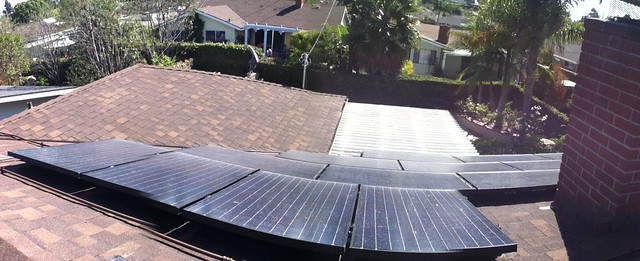
Before I took advantage of this deal, I would like to tell you about my search to save our energy costs further. Not necessarily the environment, but that’s always a fun side-effect with this accidental environmentalism that I’ve stumbled across. After signing up for the Active E, I figured to become educated on what my solar options were. To that end I requested quotes from three solar companies in the Los Angeles County area: Peak Power Solutions (Sunpower reseller), Solar City, and Verengo Solar. Each solution had its strengths and weaknesses and around the third week of March (between three to four weeks of receiving my ActiveE), I decided to sign a power purchase agreement with Solar City.
A power purchase agreement is basically the right to buy a guaranteed amount of power from a provider for twenty years. I don’t own the solar array on my roof, someone else does (a finance company) and I agree to pay them a fee for this. This means at the end of twenty years I get the option to keep buying from them, buy the equipment outright, or have them remove the array from my roof.
So, how did I compare the suppliers. Ultimately, economics. So, at the end the Solar City deal that I had originally signed was approximately $0.10344 per kWh. How did I calculate this? All the suppliers with the power purchase agreements have a guaranteed rate of production for the 20 years that the system will be produced, so I divided the total guaranteed kWh by the the total prepaid lease amount, and that’s how I got to the $0.10344 per kWh.
So, I thought that was it. I signed up with Solar City, got a rate that I felt was fair and waited to get installed. Solar City’s installation process was methodological and professional. They provided a website to track the progress of the installation and was quite impressive. However, their process proved to be the opportunity for Real Goods Solar and BMW’s deal to come in and make my costs even less. Around the beginning of May, during the design and survey process, Solar City notified me that in order to proceed with the installation of the system that I signed in the third week of March (about five to six weeks earlier) my roof would have to be replaced. This change provided me with an out-clause from completing the agreement that I signed with Solar City.
As I was mulling through a roof quote and setting up more roofers to see what this replacement roof would cost me, Real Goods Solar and the BMW Active E program announced their program. So, I figured, why not ask them to see what the solution would cost me. I contacted Real Goods and they had a sales agent contact me within the day. Their initial quote was 12% less than the Solar City quote and agreement that I went with. However, I had to bundle in the cost of the replacement roof and needed to get the total project cost to figure out which deal I was going to take.
Figuring that both solar companies would probably be able to get a reliable, professional, licensed roofer at a lower cost than I would have on my own, I went back to both providers to find out what the roof was going to cost from them and go from there. My assumption was not exactly correct as my independent roofer quote was actually $500 to $1000 cheaper than the lowest quote from either solar provider. I was at an inflection point. I was already saving quite a bit on gasoline with the TOU tariff and this would have been the time to quit or cut bait. I approached both providers to see if there was anything they can do to their quote to make the entire project less expensive (replacement roof and solar).
The dilemma is how do I adequately calculate my cost per kWh based on the various scenarios. I figured the most conservative thing to do would be to subtract the lowest roofing quote from my total project cost and use that figure to divide my cost per kWh over the guaranteed generation over the life of the system. Granted, this methodology would provide me with an understatement of cost as the guaranteed rate of production is typically rather conservative of the suppliers, but it IS what they guarantee, that is why I went with that methodology. When the system has really sunny days it will outperform this guarantee and my actual cost per kWh is less than what I calculated.
With the total system cost, I figure that my cost per kWh is $0.10250, however, if I subtract the roof cost my cost per kWh drops to $0.07970 based on guaranteed power. Seeing that my energy cost is a 38.7% reduction, mathematically speaking, my cost per mile is approximately .8657¢ per mile ($0.008657) or 73.58 cents per day based on the 85 mile day that I had in the last post on this matter. Not bad at all. Of course, the system is currently overproducing and with time of use I actually am paid a rate for the energy I am sending back to the grid during the day and most of my charging occurs between midnight and 6 am, so this is, like my other estimates “napkin math”, so I am certain my actual costs are lower, but the numbers work for me. Remember, my original calculation of a comparable vehicle costs were approximately 17 cents per mile, so my 0.8657 cents per mile cost is quite a bit less than driving my ICE 328i convertible.
So, there you have it. My energy costs are a heck of a lot less than it has been.
Want to see what my system is producing, check out the sidebar production information courtesy of Ken Clifton‘s plugin for WordPress or directly from Enlighten’s website.
In a few days, I will follow up this Napkin Math article with pictures and my opinion on the installation from Real Goods. Let me just say, I recommend them and if you give my name, I get a referral on your system, so contact me if you’re serious and I will recommend them.
Interested in going solar? Get a quote from my solar vendor – Real Goods Solar.





